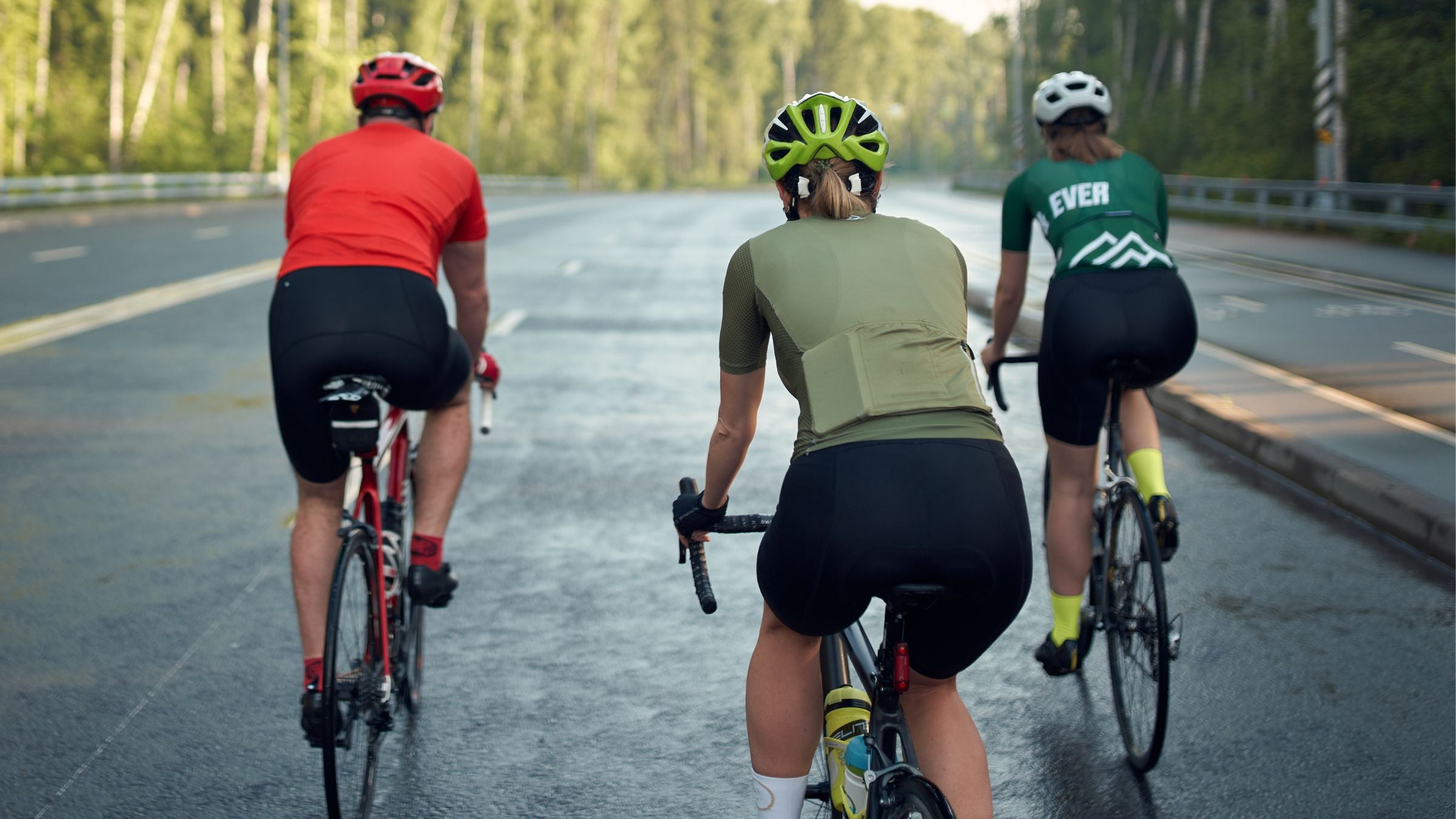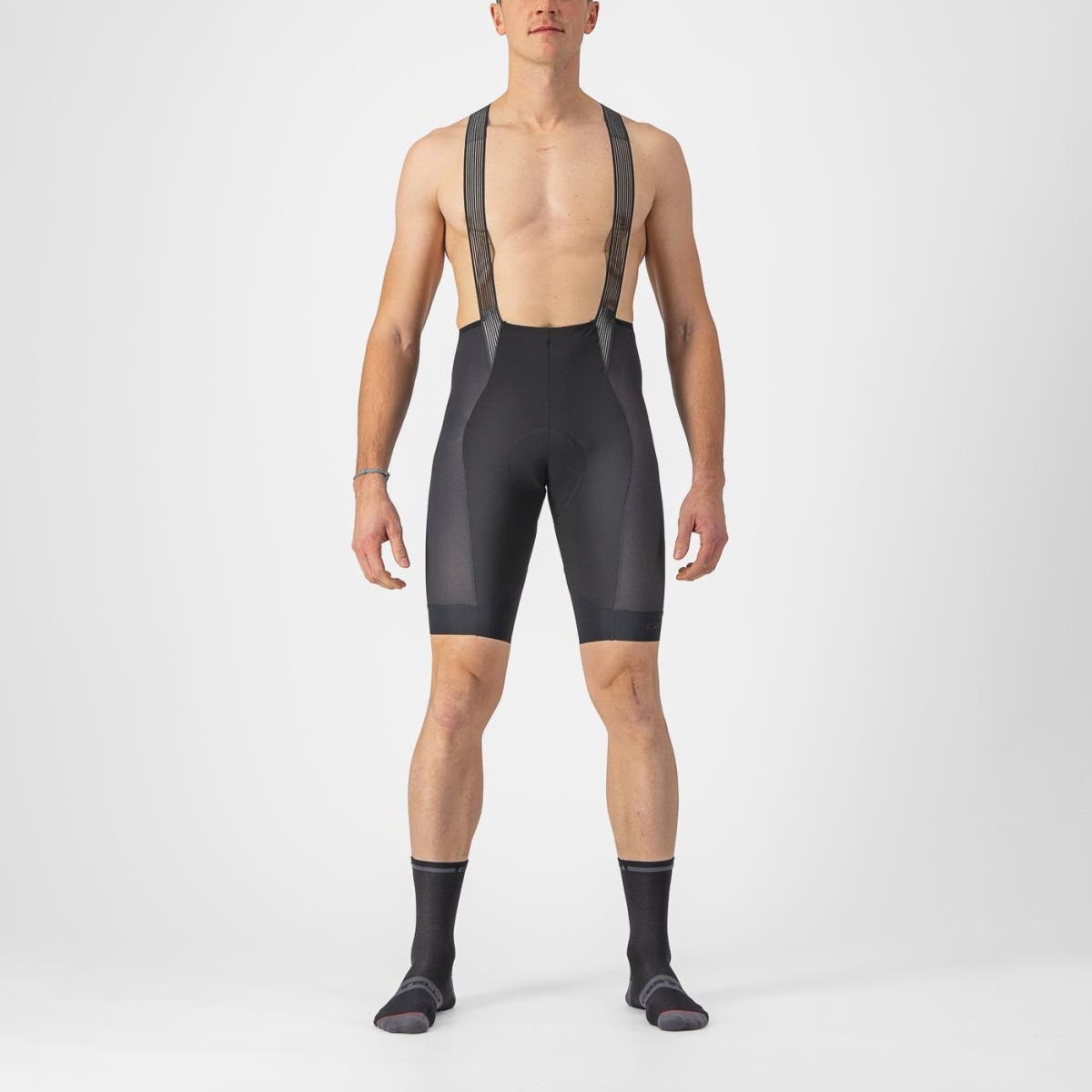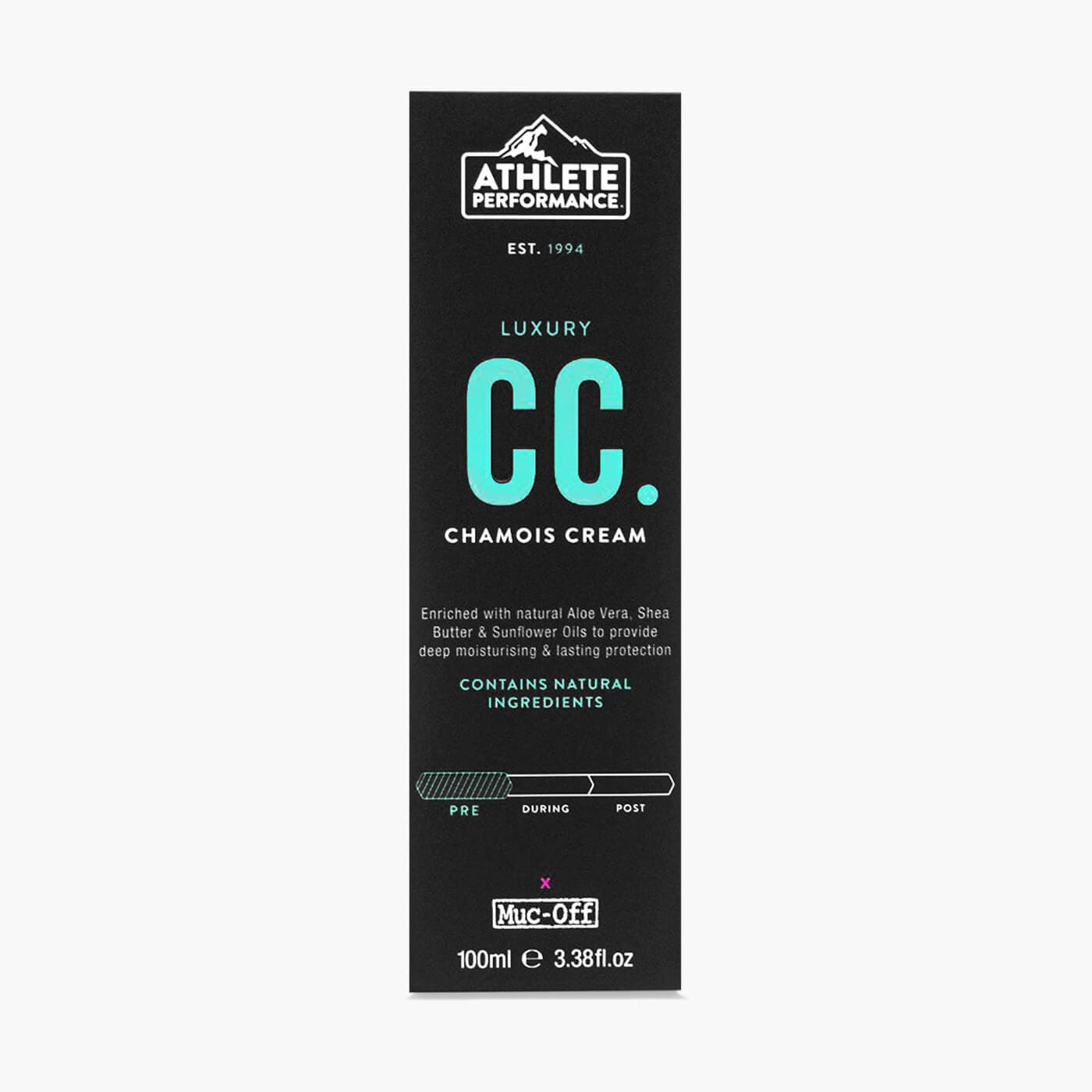This is Why Your Butt Hurts on the Bike

Ever wondered why your butt hurts while riding a bike? This article is for you. (Photo: Getty Images)
Why does my butt when riding a bike?
Riding a bike can be all sorts of painful. Not only is it tough mentally, but physically you feel it in your heart, lungs, legs…and especially in the netherlands/downtown/unmentionables area. It is only natural that when your butt hurts on the bike, you’ll assume it’s just how it’s supposed to be. But if you can pinpoint the cause of your undercarriage trouble, you can find solutions. When self-diagnosing this problem, you will find plenty of information on saddle choices, gear, and a lot of opinions on what constitutes a proper bike fit. We could chase the symptoms and address all this and more, but that would be a real pain in the…well, you get it.
RELATED: Indoor Training for Triathletes
Why does my butt hurt when riding a bike?
Riding a bike is not a natural position for the human body, especially in the aerobars. Some body weight is distributed through the hands, forearms, and legs, but most of the weight ends up on a small area on the saddle. This is where butt pain originates, and in this article, we’re going to explain why you might experience butt pain while riding outside, as well as how to prevent it.
In the context of this article, “butt pain” refers to soreness at the perineum, the space between the genitals and anus. The perineum might also be called the taint, gooch, or derriere. Butt pain in cycling may also be called a saddle sore, though a “saddle sore” sometimes refers to an actual sore around the perineum.
Perineum pain occurs for many different reasons, but the root cause is typically prolonged pressure on the saddle region. Symptoms include painful or rashy skin, dermatitis, bruising, swelling, numbness, and more.
Butt pain is often caused by improper bike fit, friction, chafing, and bumpy roads combined with inferior equipment. You don’t need to spend a fortune to feel comfortable on the bike. In fact, you probably only need a few extra minutes a day and some minor tweaks in your off-the-bike training plan.
Making your bike more comfortable (and less of a pain in the butt)
There are a few pieces of equipment that you can modify in order to relieve butt pain on the bike. First, your tires.
Your tires are the one and only contact point between your bike and the ground. That means your tires will absorb every bump, crack, and pothole, and whose shock will travel up through the bike and into your perineum.
The wider and softer your tires are, the less shock you will feel when rolling over a bump. It’s the difference between riding a mountain bike versus a road bike on singletrack. One of them is going to be a lot more painful than the other.
Expand that thought to your tri bike, and you’ll soon realize that wider, tubeless tires are the best shock absorbers of any road tire. If you are experiencing butt pain and you frequently train on bumpy roads, try switching to wider, tubeless tires to help relieve the pain.
RELATED: Ask a Gear Guru: What Bike Tire Pressure Should I Use?
How core strength affects butt pain on the bike
A proper bike position is about more than just your physical layout on the bike. It also has to do with your core and muscular strength and how your body interacts with your position, especially when you’re putting down lots of power.
Many cyclists have a fast and comfortable position when riding easily. But when the race is on, and you start pushing in the aero bars, that’s when your imbalances come to the surface. You may shift your weight more forward on the saddle, roll your hips to one side, or squeeze your shoulders when you should actually be squeezing your glutes.
Maintaining a consistent core and strength training routine is one of the keys to success in triathlon. Not only will you become a faster triathlete, but you will also prevent injury and saddle soreness.
RELATED: Strength Training for Triathletes
A word on saddles and bike fit
Your saddle has a massive effect on your perineum pressure and pain. It can take a few tries to find the right saddle, but you don’t need to spend a fortune to find the right one. The best saddle is the one that is most comfortable for you – saddle comfort is extremely individual, so don’t be overly influenced by what others ride or the latest trend in saddle technology.
Getting a bike fit also has a huge effect on your perineum pain.
Of course, getting a top-notch saddle and bike fit can cost a significant amount of money. Whereas stretching and core work is free, and you can do it anytime, anywhere.
Don’t wait until your butt pain is extreme to make any of these changes. Even if you’re only experiencing a little discomfort, it is worth adding core exercises to your routine or trying out new tires in order to ride pain-free.
RELATED: The Best Triathlon Bike Fitters in the United States
Why does my butt hurt on the bike trainer?

The crux of the problem with riding the trainer opposed to out in the great outdoors is pressure. Riding indoors results in a static position that causes very specific, sustained pressure on very specific tissues. Riding outdoors is dynamic, allowing you to weight transfer and have complete pressure relief during periods of cornering and standing while climbing and sprinting. It is this prolonged pressure that is the source of your butt pain on the bike. Your issues could be a result of any variety of the following complications associated with prolonged pressure while riding the trainer.
Ischial Bursitis
Throughout your body, you have bursae, or cushions placed in the space between a bony prominence and tendons. Your ischial tuberosities, better known as “sit bones,” have bursae that reside on top of them as well. Prolonged sitting on a firm surface, without pressure relief, can lead to this painful inflammatory condition. Ischial bursitis is also known as weaver’s or tailor’s bottom, because it refers to professions that historically worked long days on hard seats. Advanced bursitis will require rest, anti-inflammatory medication, or possibly cortisone injections.
Ischemic Pain
Ischemic pain is a result of hypoxia, or lack of oxygen to tissue due to restricted blood flow. Pressure will occlude—or block—the blood vessels, restricting blood flow to the working muscles resulting in pain as the muscle tries to work in an environment void of necessary oxygen.
Nerve Pain
Typical nerve pain is due to neuropraxia (temporary blockage of nerve conduction) of the sciatic nerve. Think of stepping on a hose and noticing the flow of water diminish. This blockage can lead to pain, sense of numbness/tingling, and loss of strength.
Pudendal Neuralgia
Your body weight is supported on your ischial tuberosities, and to an extent the soft tissues of your perineal area where the pudendal nerve resides. The pudendal nerve is a main nerve in your pelvic region and prolonged or excessive pressure on the pudendal nerve will result in numbness and pain. Your soft tissues can sustain some pressure for brief amounts of time, but to avoid numbness and pain caused by occlusion of nerves and blood vessels, frequent pressure reduction is essential. This is where saddle choice and bike fit are important.
Bacterial Skin Infection (Cellulitis)
No need to sugar coat it: You get next-level sweaty during trainer sessions. Though this affliction less about pressure, it’s still a potential source of pain in your butt on the bike. Wash up right after workouts, and keep chafing at bay with appropriate bibs and chamois cream.
My butt hurts on the bike trainer. What do I do?
Get off your A$#!!! Really. Frequent pressure relief through standing, shifting around on your saddle, and cross-training (i.e., taking a rest from the trainer) helps reduce the potential for injury. Additionally, do not cheap out on the chamois in your bike shorts for the indoor sessions. We all have the tendency to want to wear our old bib shorts for trainer sessions and save our fancy ones to show off on the group rides. However, the chamois in your old, transparent bibs will not be as good as the one in your new shorts and that lack of support leads to…you guessed it, increased pressure.
A proper bike fit that takes gender-specific and person-specific saddle choice into account is important for providing the proper position for comfort and efficiency. Finally – and I cannot emphasize this enough – load up on the chamois cream (our picks below). This will reduce unnecessary friction and provide a protective barrier for your skin for that sweaty environment. A little extra attention on the front (or rather back) end will help ensure more comfort during your trainer sessions, so you can suffer where intended!
RELATED: The Best Triathlon Saddles
Products that can help (aside from the right saddle, of course)
Saris MP1 Nfinity Motion Platform
$950, saris.com

It’s not cheap, but this novel, wood-constructed trainer platform fits nearly all trainers and provides controlled motion in the side-to-side and front-to-back planes. Though it’s stiff enough not to feel wobbly and take away your attention from the workout, it still provides a staggering amount of pain relief for rides of any length. Though Saris touts the platform’s ability to provide an extra core stability workout (which it does), in terms of pain relief, there’s not much else available that works as well. The only downside (aside from the price tag) is the very heavy, very tough-to-move piece of equipment is not conducive to temporary trainer locations. You’ll only want this if you have a dedicated pain cave.
Castelli Insider 2 Bibshort
$150, castelli.com

Leave it to premium cycling clothing brand Castelli to create a trainer-specific clothing line. While their Insider jersey is nice for completists, if you’re going to spend on just one piece of indoor-specific clothing, pick up the Insider 2 bibshort. In Castelli’s own words, this piece uses fabric that is “just enough to hold everything secure without being transparent,” so expect tons of cooling air flow, wicking, and evaporation. Even the bib straps are super minimal to just barely keep the shorts up, without creating additional, unnecessary coverage and heat. As such, this pair of bib shorts is the exception to the rule of wearing strapless shorts while riding inside.
RELATED: How to Find the Right Bike Shorts for You
Muc-Off Luxury CC Chamois Cream
$15 for 100ml, us.muc-off.com

Part of its athlete performance line, Muc-Off has created a chamois cream with an exceptional viscosity. This is a well-balanced and durable cream that provides comfort and eliminates chafing even during long rides. There is a noticeable cooling effect with this product, so be prepared.